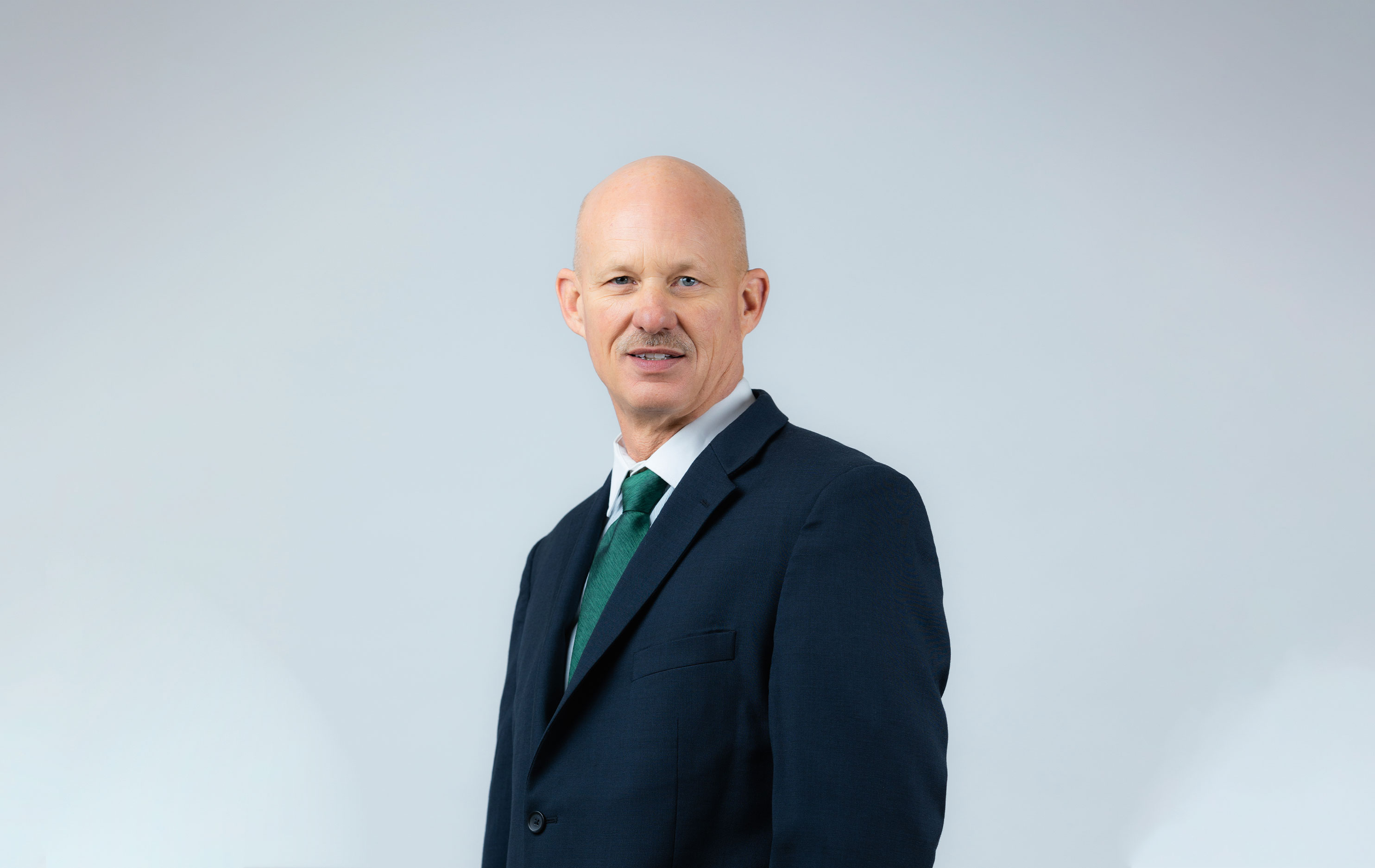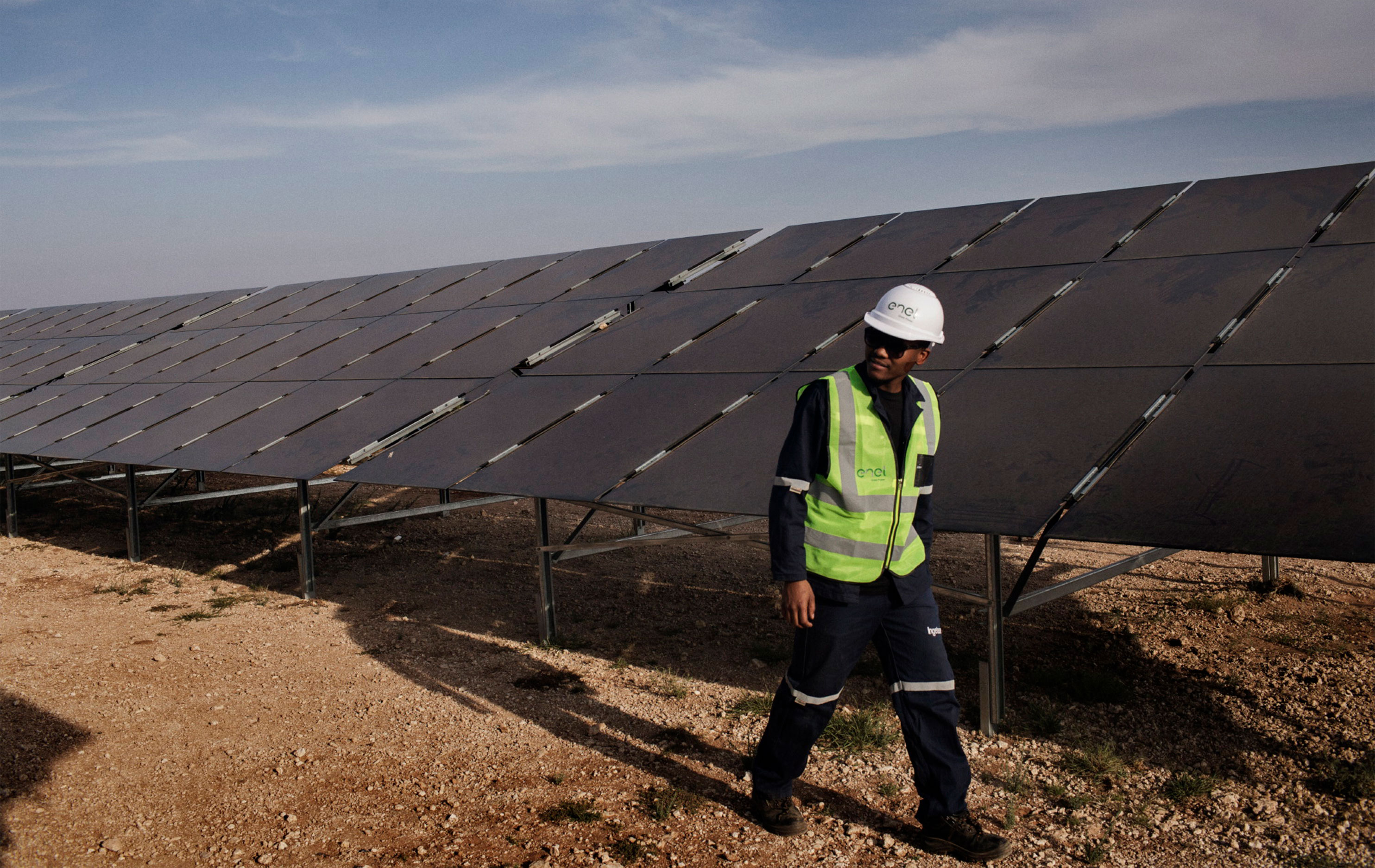With Enel Green Power South Africa’s (EGP RSA) Nxuba wind farm in the Eastern Cape achieving commercial operation, the renewable-energy company now has eight operational projects in the country, with a total installed capacity of about 670 MW. In addition, the company has four projects in the construction phase. Nxuba is one of five projects awarded to EGP RSA in the fourth round of SA’s Renewable Energy Independent Power Producer Procurement (REIPPP) programme.
A GLOBAL TRANSITION TO RENEWABLE ENERGY
William Price, head of EGP RSA, says countries worldwide are finally acknowledging the value of renewable energy. ‘A massive transition has occurred from the days when renewable energy was first coined “alternative” energy, with countries recognising the sustainability benefits of renewable energy.’ One advantage of adopting renewable energy is the quick lifecycle associated with putting a project on-line. ‘Just like cellphones and cars, renewable-energy technology is fast-evolving. Renewable projects allow for the immediate adoption of new technology and associated benefits such as improved efficiencies and reduced costs,’ says Price.
Africa is quickly following the global renewable trend. ‘In addition to being cheaper, in many areas in Africa, the high TWh output of a coal plant is not necessary and, often, a smaller plant will suffice.’ Closer to home, South Africans are realising that the fastest and cheapest way to inject energy into the grid is via renewables, which is why the government has given the go-ahead to 90-plus renewable projects since 2011.

OVERCOMING THE VARIABILITY CHALLENGE
The key to renewable energy, however, is also one of its greatest challenges – its variability. This is because renewable plants can only produce energy when a renewable source is present. For example, a PV facility will produce energy during the day when the sun is shining. So, what happens when these sources are not present? ‘Using Eskom as an example, load profiling and management is critical when it comes to managing the grid. With forecasting technologies, we can forecast our load projections to Eskom on a 24-hour advance notice. This allows the energy supplier to incorporate them into its overall model, predict performance and make adjustments where necessary.’ He says the other challenge is that SA wants to be able to store energy and produce it when it is most needed. ‘At EGP, we are overcoming these challenges by installing storage systems directly in the renewable-generation plants, which are transformed into power plants with the same flexibility of conventional plants.’

RENEWABLE-ENERGY SOLUTIONS FOR COMMERCIAL AND INDUSTRIAL USERS
The offer of tailored renewable-energy solutions by EGP RSA to commercial and industrial customers has been enabled by recent regulatory amendments, piquing the interest of commercial and industrial operations that want to achieve their sustainability goals. Price says the key to supplying clients in the commercial and industrial sectors is to understand the expected longevity of their operations – how long they would require power for. ‘Renewable-energy projects typically include 20-year power purchase agreements. The tariff will be based on the expected longevity of the commercial application and options relating to the buyer’s demand.’
RENEWABLE ENERGY BENEFITS FOR THE MINING INDUSTRY
As an independent power producer (IPP), EGP RSA considers the technology required and each customer’s needs before modelling a product. Mines, in particular, have complex energy needs. Price highlights that mines are uniquely placed to benefit from renewable energy. ‘They are generally longer-term customers. Their major OPEX cost is electricity, which is why they would benefit from the lower tariffs offered by renewable energy providers,’ he says. ‘Importantly, the price of renewable energy is not related to the price of fossil fuel, of which the future cost is largely unknown. Renewable providers can give a firm tariff profile for the term of the contract, thereby allowing customers to better forecast their electricity needs alongside the obvious benefits in terms of stability of the business.’

SUSTAINABILITY
The IPP tariff has built-in sustainability elements. ‘The REIPPP programme has multiple pillars: electricity supply, job-creation commitments, preferential procurement, economic development and social-enterprise development obligations. This means our energy sales are also aimed at providing economic and social benefits for South African communities,’ according to Price. He says that he recent misconception relating to energy-supply risk and IPPs in SA is inaccurate. ‘One question keeps popping up: why does the South African government have to provide tariff guarantees, hedging IPPs only? ‘This is a common misunderstanding. As an IPP, we offer a locked-in price as we cannot ask Eskom for a higher price during the contract period, so it is also a highly convenient option for them.’








